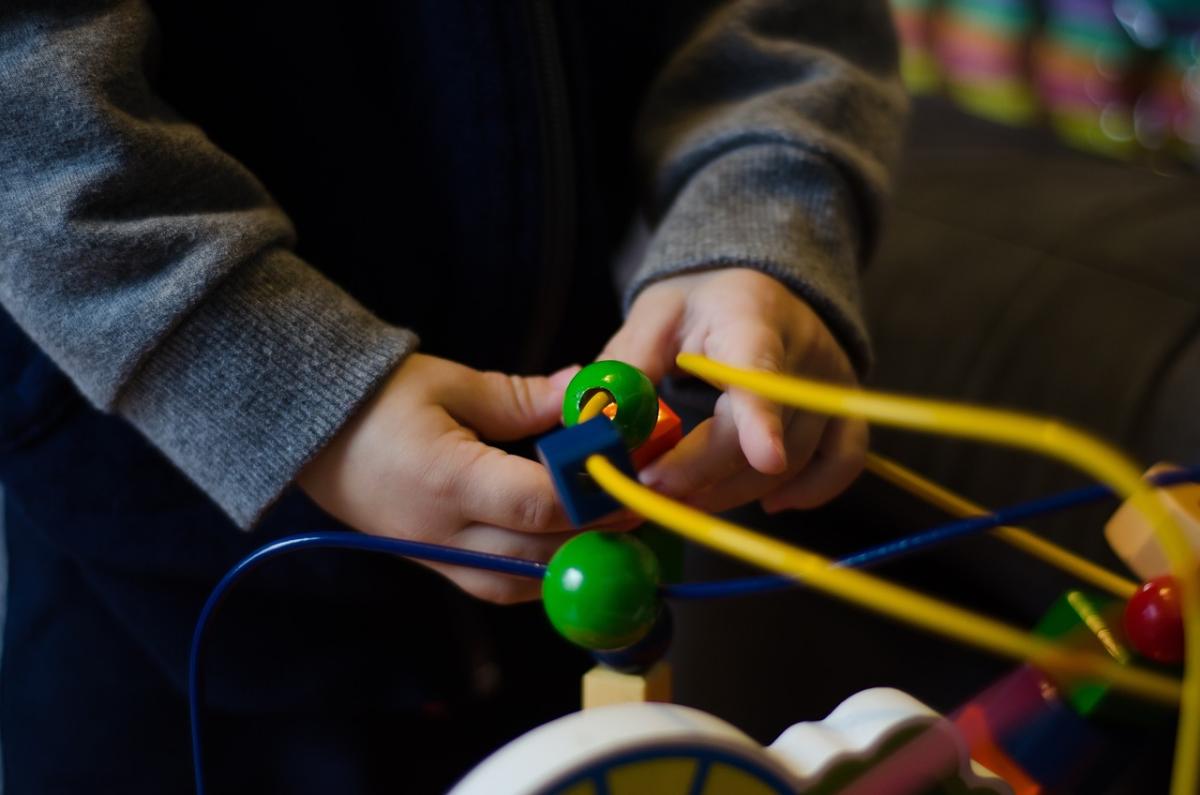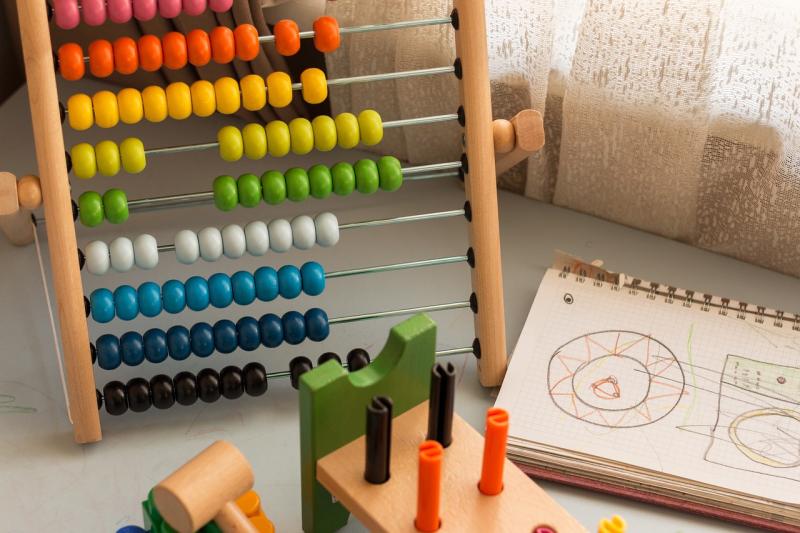Thinking skills are essential for problem-solving, creativity, and staying sharp as we grow. One of the best ways to enhance these skills is through play! Educational toys can make learning fun and engaging, and there are loads of ways to take advantage of them. Here are some nifty ideas!
Puzzle Time: Puzzles are a fantastic way to challenge the brain. Whether it’s jigsaw puzzles or brain teasers, they encourage critical thinking and help with spatial awareness. Try doing puzzles together with family or friends to make it a fun group activity!
Building Blocks: Toys like LEGO or wooden building blocks aren't just for kids. They foster creativity and logical thinking. Build structures or follow patterns to enhance both fine motor skills and strategic thinking.
Games with Strategy: Board games or card games that require strategy can really get the gears turning. Games like chess or checkers teach you to think ahead and plan your moves while having a great time with others!
Storytelling Fun: Use toys to create stories. Let your imagination run wild by using dolls, action figures, or even stuffed animals to enact stories. This boosts creativity and helps with narrative thinking!
Science Kits: Experimenting with science kits lets kids explore the world around them. Whether it’s making a volcano or growing crystals, hands-on activities improve observation skills and spark curiosity.
Incorporating these fun activities can make a huge difference in developing thinking skills while keeping the experience entertaining. The sky's the limit when it comes to learning through play, so dive in and let the fun begin!
Choosing the Right Educational Toys
First, think about the age and stage of your child. Toys designed for toddlers might not be suitable for older kids who are ready for more complex challenges. Look for toys that match their cognitive skills and can grow with them. Many toys are labeled with age recommendations, so that’s a great place to start!
Next, consider the type of skills you want to boost. Are you focusing on problem-solving, creativity, or fine motor skills? For example:
Puzzles help with critical thinking and spatial skills.
Building blocks encourage creativity and hand-eye coordination.
Science kits spark curiosity and introduce basic concepts in a fun way.
Lastly, don’t forget to involve your child in the process. Let them choose toys that catch their eye! This not only makes the selection process fun but also ensures they're excited about what they're playing with. Happy shopping!
Benefits of Play for Learning
Play is a natural way for children to learn, and when it comes to educational toys, the benefits are even greater. These toys are designed to make learning fun while helping kids develop important skills. Here are some key benefits of incorporating play into learning:
Enhances Problem-Solving Skills: Many educational toys encourage kids to think critically and solve problems. Whether it's building blocks or puzzles, children learn how to approach a challenge and find solutions.
Boosts Creativity: Imaginative play allows kids to express themselves. Toys that spark creativity help little ones explore their ideas and develop their storytelling abilities, which is great for cognitive development.
Improves Social Skills: Playing with others is a fantastic way to learn about teamwork, sharing, and communication. Educational toys often involve group play, which teaches kids how to collaborate and resolve conflicts.
Supports Motor Skills: Many educational toys are designed to develop fine and gross motor skills. From stacking blocks to threading beads, these activities help strengthen hand-eye coordination and dexterity.
Integrating play into learning isn't just effective; it's also a fun way to engage with your child. The right educational toys can spark their interest in learning while making the whole experience enjoyable for both of you!
Tips to Make Learning Engaging
Learning should be fun and engaging, especially when it comes to kids. Here are some tips to help make the most out of educational toys and keep the excitement alive:
Mix It Up: Variety is the spice of life! Rotate between different educational toys to keep things fresh. This can help maintain interest and allows your child to explore different concepts and skills.
Set a Routine: Establishing a fun learning routine can help kids know when it’s time to play and learn. This might be a specific time each day where educational play is the focus, making it a special part of their day.
Get Involved: Join in on the fun! Playing alongside your child not only shows them how to use the toys but also encourages them. You can ask questions, offer challenges, or simply enjoy the play together.
Link Play to Real Life: Connect what they’re learning with everyday activities. For instance, if they’re playing with counting toys, use snacks to practice counting during snack time. This bridges the gap between play and practical life skills.
Encourage Creativity: Let kids use educational toys in unconventional ways! Allowing them to experiment fosters creativity and critical thinking, making learning more personal and fun.



